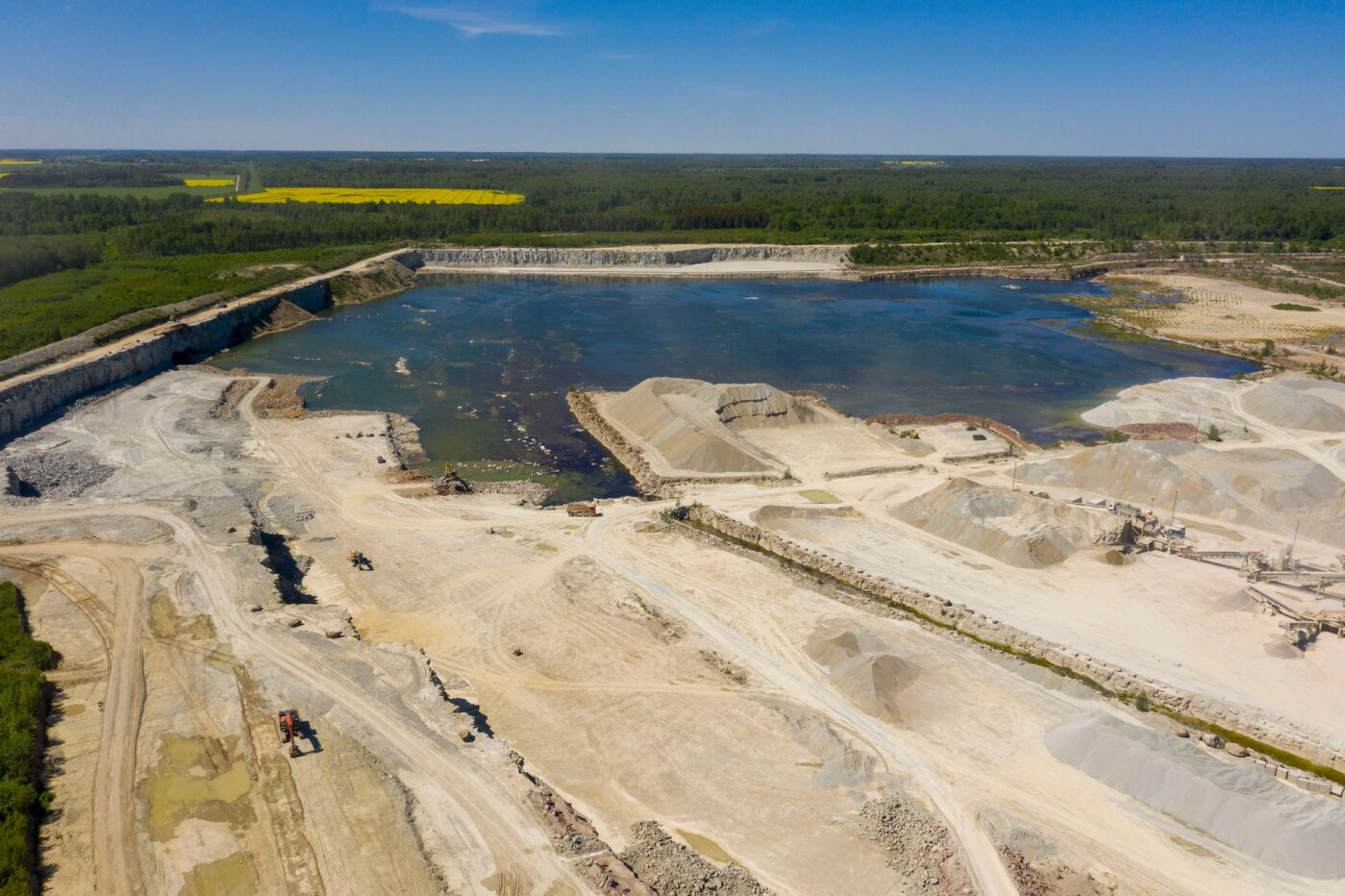An entrepreneur wants to build a limestone quarry in Paasi village of Haljala municipality. Both the local residents and the local government have reacted strongly to this plan. However, the Environmental Board reassures and says that the entire process is only at the very beginning, and there is no reason to panic, even though the supply of limestone is critical in Estonia.
According to Erik Kosenkranius, Deputy Director General of the Environmental Board in the field of environmental use, this is still only the first stage of involvement in the process of applying for an environmental permit for the Paasi limestone quarry, the focus of which is the preparation of an environmental impact assessment program.
The supply of limestone is very critical
According to Kosenkranius, the Environmental Board can only briefly comment on why they want to use the mineral resources in the above-mentioned area, as the issue is rather the responsibility of the Ministry of Economy and Communications.
«Limestone supply is very critical in Estonia because there is a lot of construction activity going on everywhere», explained Kosenkranius. «The limestone reserves of West -Viru County, Rapla County, and Lääne County often play a role in ensuring that the supply of limestone is also guaranteed in Harju County. Although efforts are made to find ways to bring the material from as close of a location as possible, this is not always possible. For example, the material is not of the same quality everywhere. Such high requirements have been set for road construction that often not every material qualified as construction limestone is suitable for road construction».
He stated that in 2019, the Ministry of Economy and Communications drew attention to the fact that in 2018-2027, large-scale construction and reconstruction activities would take place on the TEN-T road sections of national roads. «For example, the construction of Kostivere and Loksa interchanges on the Tallinn-Narva highway, the widening of the Rõmeda-Aaspere-Haljala road, the widening of roads on the Haljala-Kukrus and Jõhvi-Narva sections, and perhaps also the construction of interchanges», Kosenkranius explained. Therefore, it cannot be said that crushed stone is needed for one specific object. Rather, it is needed more widely in the construction and maintenance of the Estonian road network. «From the point of view of environmental protection, it is important that, on the one hand, quarries are not opened without consideration, and on the other hand, that the transportation distances of construction materials, including the entire associated environmental footprint, are not too large», he said.
Full version of the article: https://www.ehitusuudised.ee/uudised/2022/08/18/keskkonnaamet-lubjakiviga-varustatus-on-eestis-vaga-kriitiline


